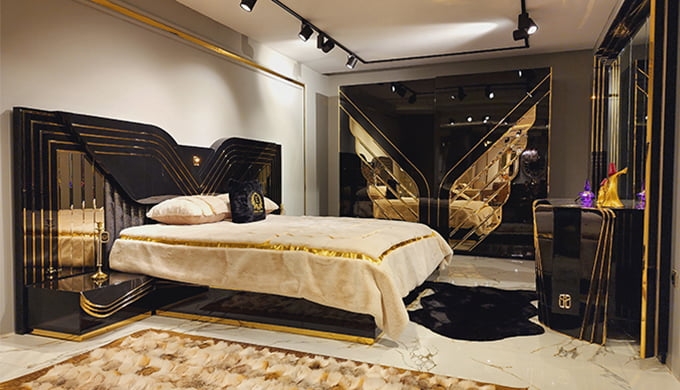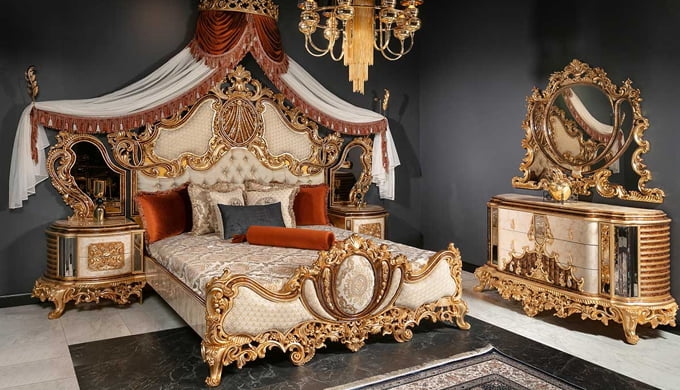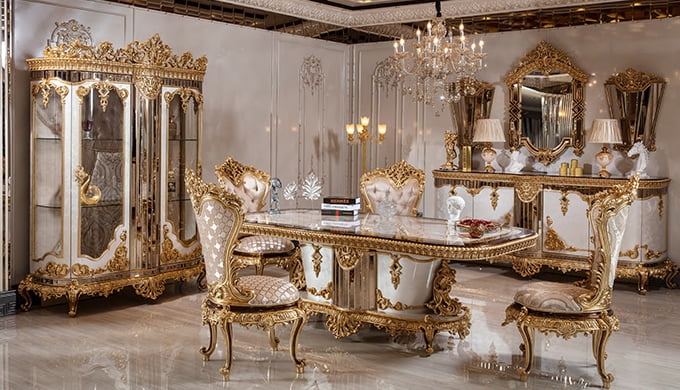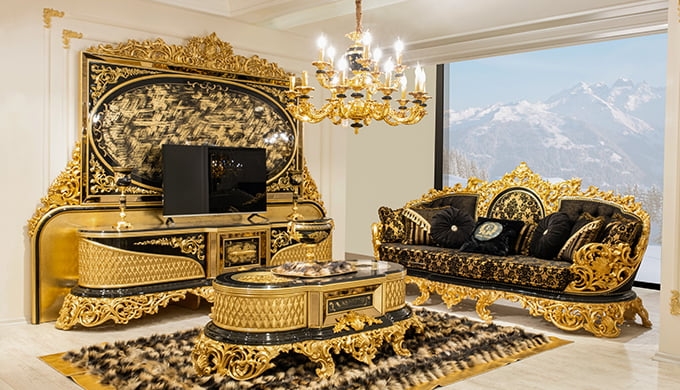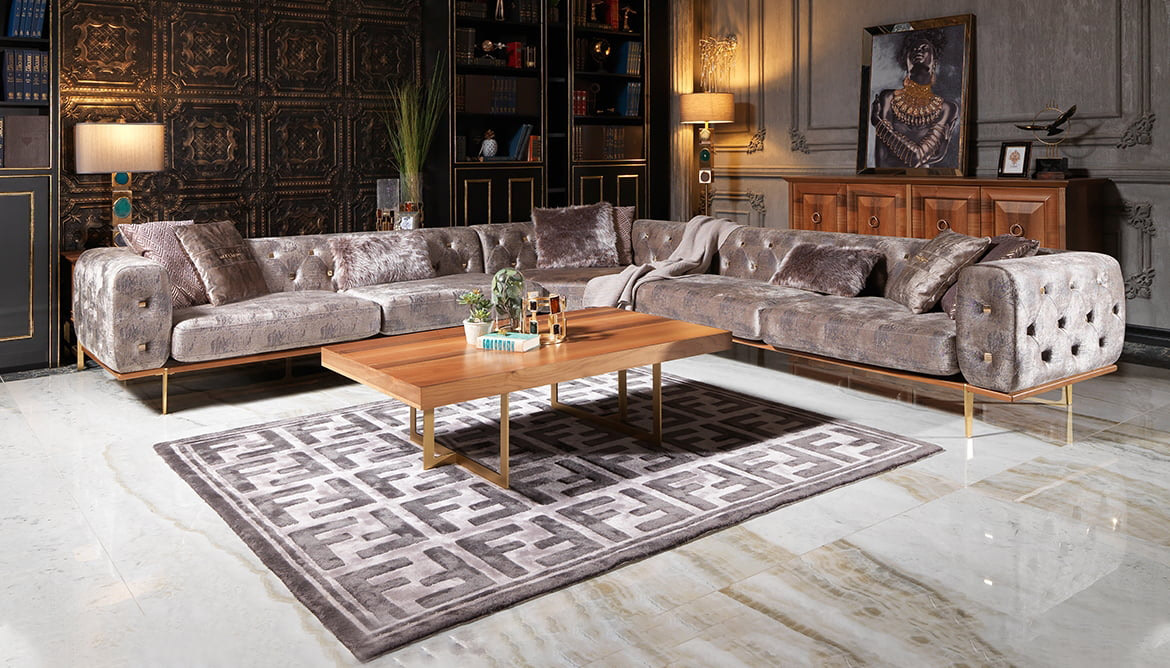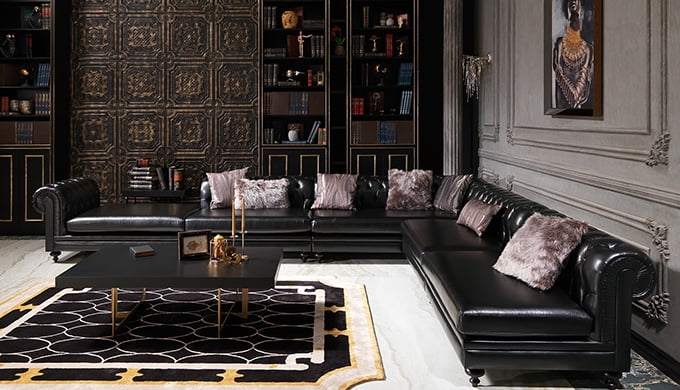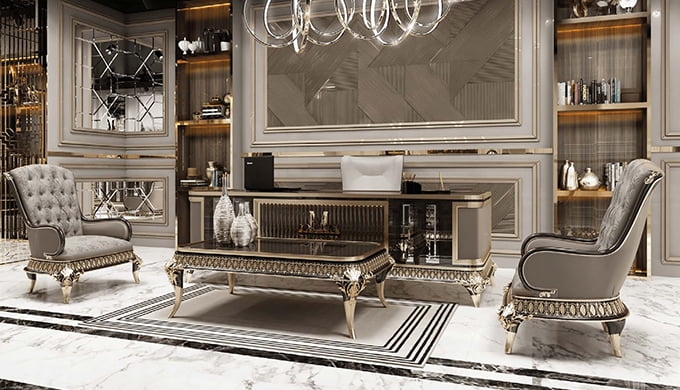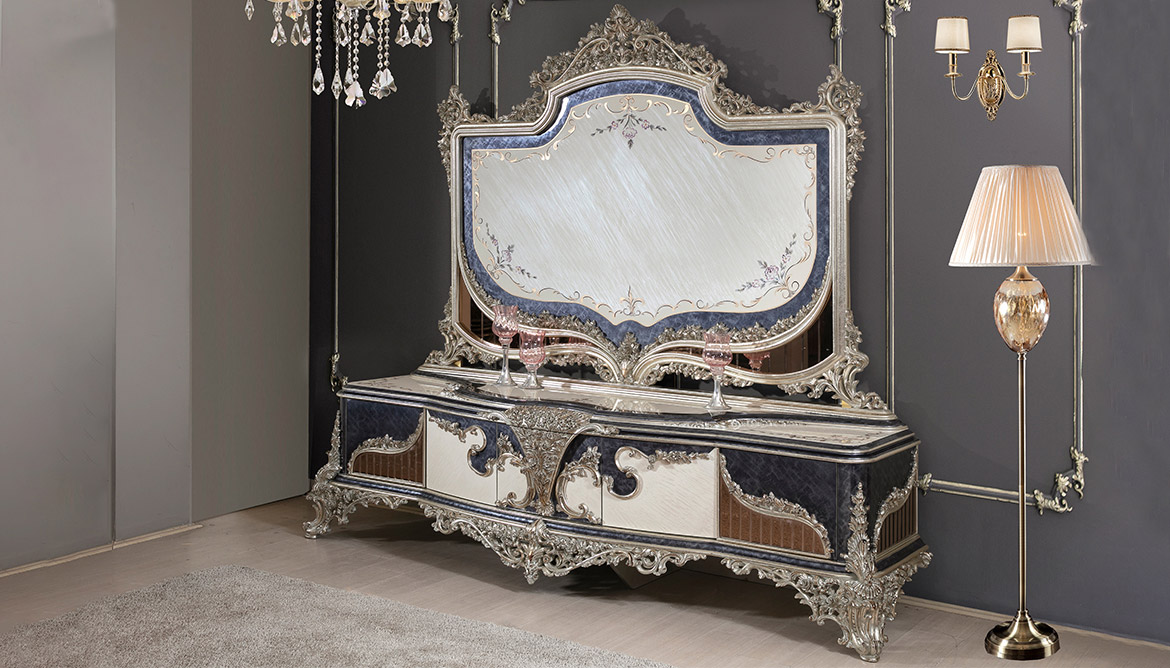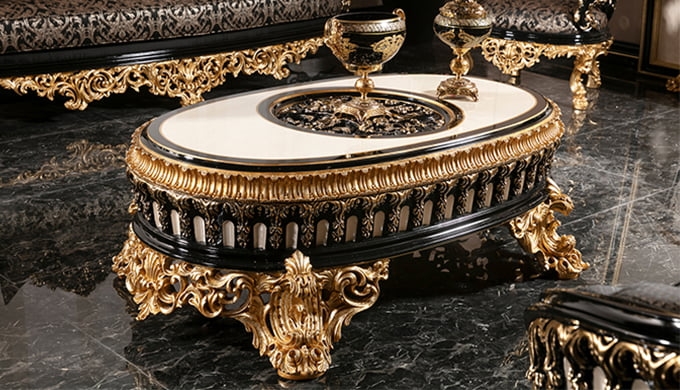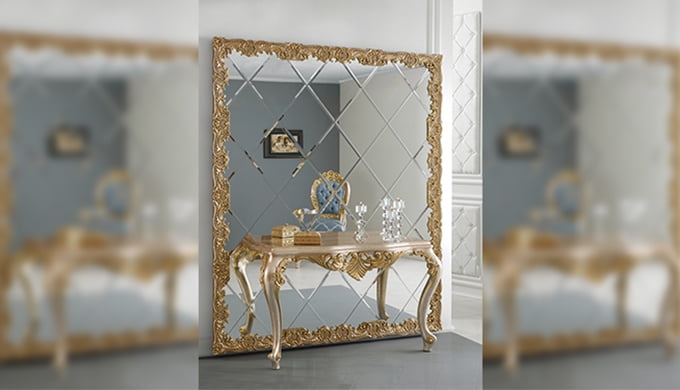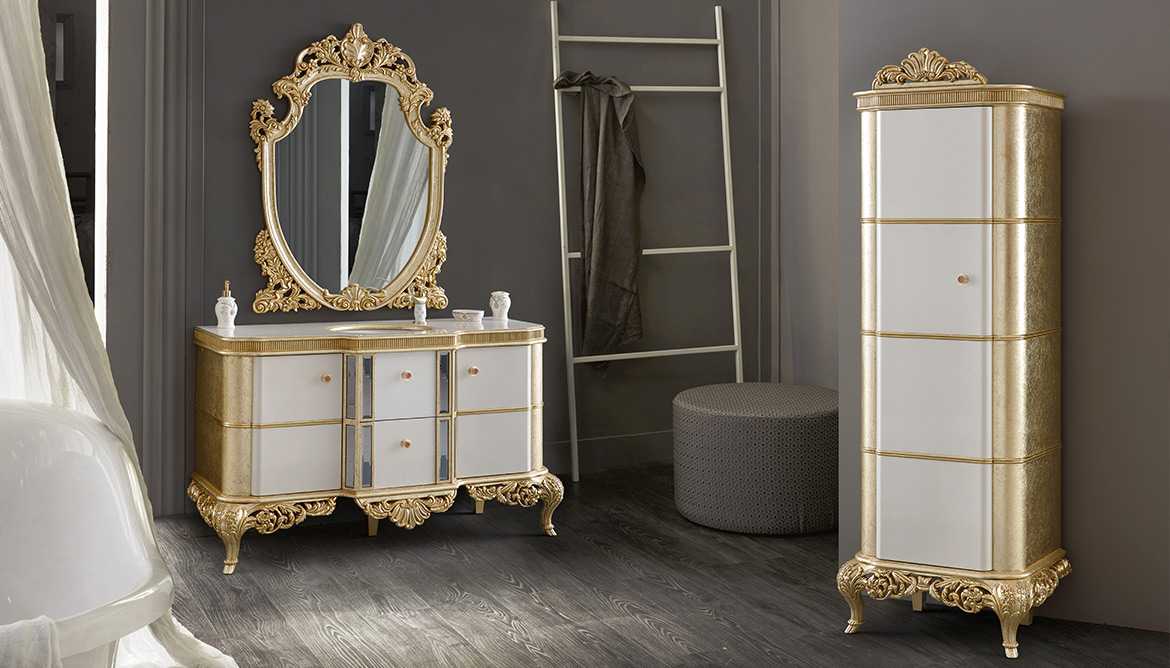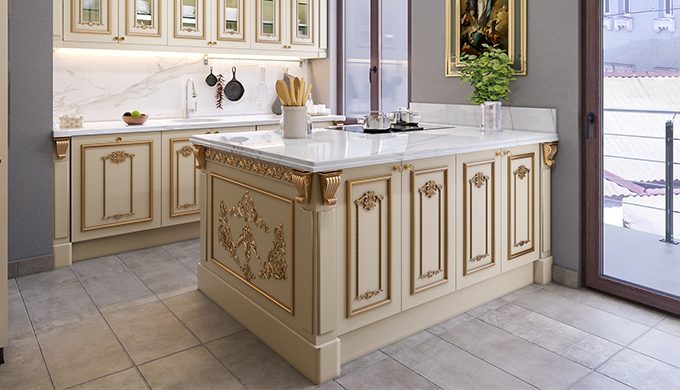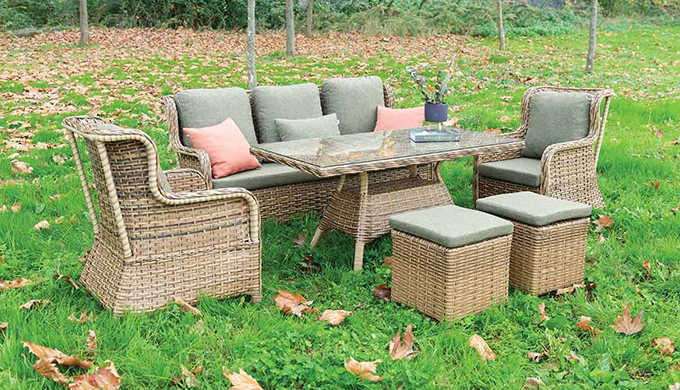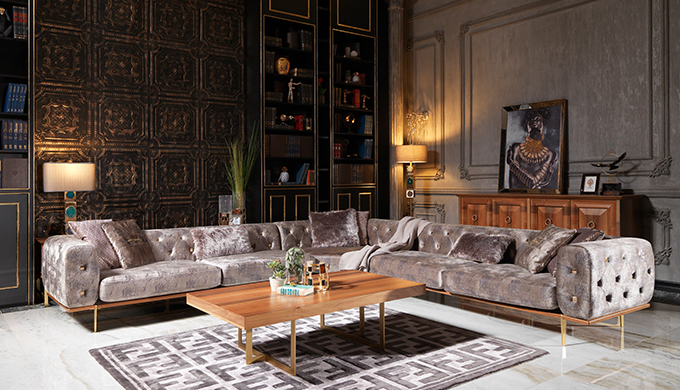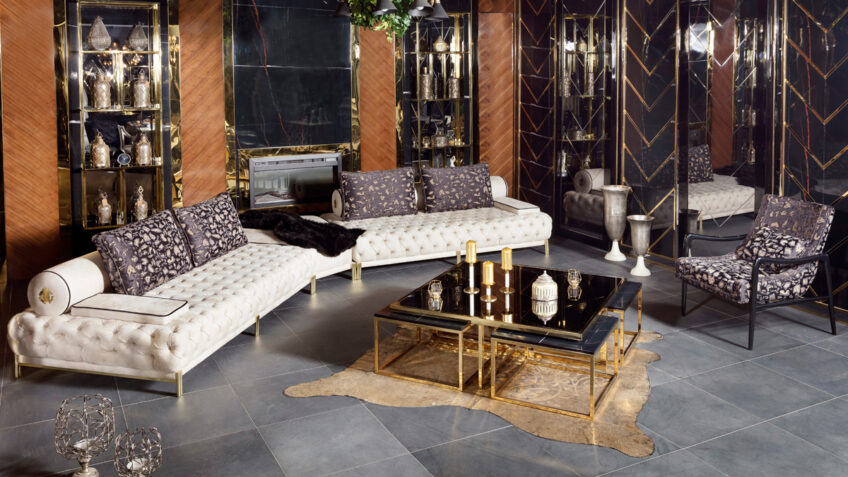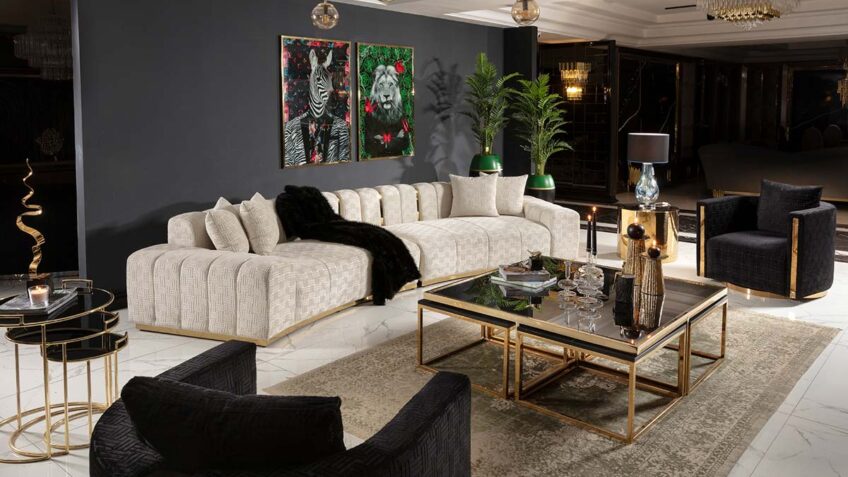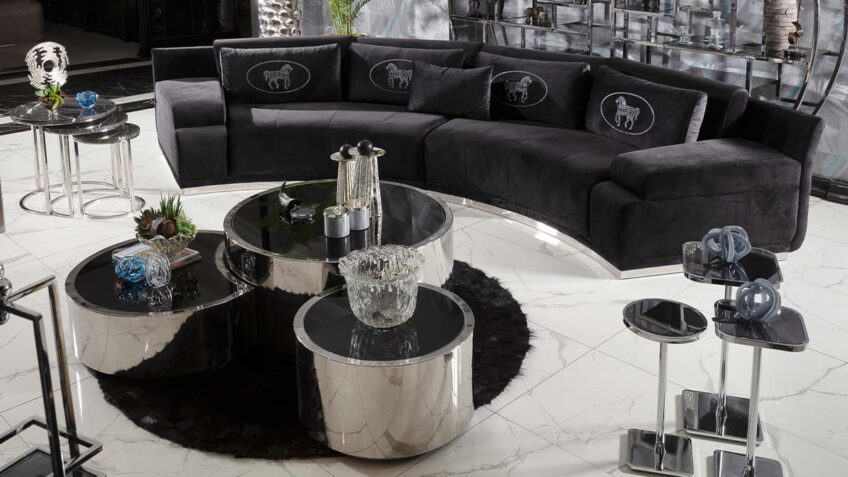L Shape Sofa
L Shape Sofa
An L-shaped sofa, also known as a sectional sofa or corner sofa, is a versatile and popular seating option for living rooms. It is named for its L-shaped configuration, typically consisting of two sections that form a right angle. L-shaped sofas come in various sizes, styles, and configurations, offering flexibility to fit different room layouts and preferences.
Here are key features and considerations when it comes to L-shaped sofas:
- Configuration:
- L-shaped sofas are available in different configurations. The most common configurations include a two-piece design with a longer section and a shorter chaise, or a three-piece design with two equally sized sections and a corner piece.
- Size:
- Consider the size of the L-shaped sofa in relation to the available space in your living room. Measure the area where the sofa will be placed to ensure it fits comfortably without overcrowding the room.
- Chaise Orientation:
- The chaise portion of the sofa can be positioned on the left or right side. Consider the layout of your room and the placement of other furniture when choosing the orientation that works best for your space.
- Style and Design:
- L-shaped sofas come in a variety of styles to suit different aesthetics. Common styles include modern, contemporary, traditional, and transitional. Choose a style that complements the overall design of your living room.
- Material and Upholstery:
- L-shaped sofas are available in a range of materials, including fabric, leather, and synthetic upholstery. Consider your lifestyle, preferences, and maintenance requirements when choosing the upholstery material.
- Color and Pattern:
- Choose a color and pattern that harmonizes with your existing decor. Neutral colors are versatile and easy to match with other furniture and accessories, while bold colors or patterns can make a statement.
- Comfort Level:
- Test the comfort level of the sofa before purchasing. Sit on it to assess the cushioning, back support, and overall comfort. L-shaped sofas often provide ample seating space and may include features like adjustable headrests or recliners.
- Additional Features:
- Some L-shaped sofas come with additional features, such as built-in storage compartments, cup holders, or convertible options that can be transformed into sofa beds. Consider whether these features align with your needs.
- Durability:
- Assess the durability of the sofa, considering factors like the frame construction, quality of upholstery, and stitching. A durable sofa will withstand regular use and maintain its appearance over time.
- Budget:
- Set a budget for your L-shaped sofa. Prices can vary based on the brand, material, and features. While it's essential to stay within your budget, prioritize quality to ensure longevity and comfort.
- Room Layout:
- Consider the layout of your living room and how the L-shaped sofa will fit into the space. Ensure there is enough clearance around the sofa for easy movement.
- Customization Options:
- Some retailers offer customization options, allowing you to choose the configuration, upholstery, and sometimes even the dimensions of your L-shaped sofa. This can be beneficial if you have specific requirements.
- Reviews and Ratings:
- Read customer reviews and ratings of the L-shaped sofa you're considering. This can provide insights into the experiences of other buyers and help you make an informed decision.
How to Choose the Best L Shape Sofa?
Choosing the best L-shaped sofa involves considering various factors to ensure it fits your space, complements your decor, and meets your comfort preferences. Here are some tips to help you choose the best L-shaped sofa:
- Measure Your Space:
- Before you start shopping, measure the available space in your living room where the L-shaped sofa will be placed. Consider the dimensions, including length, width, and height, to ensure the sofa fits comfortably without overcrowding the room.
- Consider Room Layout:
- Evaluate the layout of your room, including the placement of doors, windows, and other furniture. Determine the best orientation for the L-shaped sofa, considering factors such as the view, traffic flow, and focal points in the room.
- Choose the Right Configuration:
- L-shaped sofas come in various configurations, such as a two-piece design with a longer section and a chaise or a three-piece design with two equally sized sections and a corner piece. Choose a configuration that suits your room layout and seating needs.
- Select the Chaise Orientation:
- Determine whether you prefer the chaise portion of the sofa on the left or right side. Consider the flow of your room and the placement of other furniture when making this decision.
- Consider Material and Upholstery:
- L-shaped sofas are available in different materials, including fabric, leather, and synthetic upholstery. Consider your lifestyle, the level of maintenance you're comfortable with, and the overall aesthetic you want to achieve.
- Test Comfort and Support:
- Comfort is a crucial factor when choosing a sofa. Test the sofa in person to assess the comfort level, including the cushioning, back support, and overall seating experience. Consider whether the sofa offers the right balance between softness and support.
- Explore Style Options:
- L-shaped sofas come in various styles, including modern, contemporary, traditional, and transitional. Choose a style that complements your existing decor and reflects your personal taste.
- Check Durability:
- Assess the durability of the sofa by examining the frame construction, quality of upholstery, and stitching. A durable sofa will withstand regular use and maintain its appearance over time.
- Color and Pattern:
- Choose a color and pattern that aligns with your decor and personal preferences. Neutral colors are versatile and easy to match with other furniture, while bold colors or patterns can add a statement to your living room.
- Additional Features:
- Consider any additional features the sofa may have, such as built-in storage compartments, cup holders, or reclining options. Choose features that enhance your comfort and meet your specific needs.
- Budget:
- Set a budget for your L-shaped sofa. Prices can vary based on factors such as brand, material, and features. While it's essential to stay within your budget, prioritize quality to ensure a long-lasting and comfortable sofa.
- Read Reviews and Ratings:
- Research customer reviews and ratings for the specific L-shaped sofa you are considering. This can provide insights into the experiences of other buyers and help you make an informed decision.
- Visit Showrooms or Retailers:
- Whenever possible, visit furniture showrooms or retailers to see L-shaped sofas in person. This allows you to test the comfort, assess the quality, and visualize how the sofa will look in your living space.
- Check Return Policies:
- Before making a purchase, check the return policies of the retailer. Understanding the return policy is important in case the L-shaped sofa doesn't meet your expectations or if there are any issues upon delivery.
How can I choose the right L Shape Sofa style?
Choosing the right L-shaped sofa style involves considering your personal preferences, the existing decor of your living space, and the overall aesthetic you want to achieve. Here are some tips to help you choose the right L-shaped sofa style:
- Consider Room Aesthetics:
- Look at the existing decor and style of your living room. Consider factors such as color schemes, flooring, and the design of other furniture. Your L-shaped sofa should complement and enhance the overall aesthetic of the room.
- Match with Existing Furniture:
- If you have other furniture in the room, such as coffee tables, side tables, or accent chairs, aim for an L-shaped sofa that complements these pieces. Consistency in style and design elements creates a cohesive and harmonious look.
- Identify Your Style Preferences:
- Consider your personal style preferences. Are you drawn to modern, traditional, contemporary, industrial, or eclectic styles? Your L-shaped sofa should reflect your taste and contribute to the overall atmosphere you want to create.
- Modern/Contemporary:
- If you prefer a sleek and minimalist look, opt for a modern or contemporary L-shaped sofa. These styles often feature clean lines, smooth surfaces, and may incorporate materials like metal, glass, and leather.
- Traditional:
- Traditional L-shaped sofas have a classic and timeless appeal. They may feature details like rolled arms, tufted upholstery, and rich fabrics. Traditional styles often use wood or wood-like materials with decorative elements.
- Transitional:
- Transitional styles blend elements of both modern and traditional aesthetics. This can be a good choice if you appreciate a mix of classic and contemporary design. Transitional sofas often have simpler lines than traditional styles.
- Industrial:
- Industrial-style L-shaped sofas often feature raw materials like metal and exposed hardware. They have a rugged and urban look, inspired by industrial spaces. Leather upholstery and distressed finishes are common in industrial styles.
- Mid-Century Modern:
- Mid-century modern L-shaped sofas are inspired by designs from the mid-20th century. They feature clean lines, organic shapes, and functional forms. Tapered legs and bold patterns are characteristic of this style.
- Scandinavian:
- Scandinavian L-shaped sofas are known for their simplicity, functionality, and light color palettes. They often have clean lines, minimalistic designs, and a focus on natural materials such as wood and leather.
- Farmhouse or Rustic:
- For a cozy and rustic feel, consider farmhouse or rustic styles. These L-shaped sofas often feature distressed wood finishes, soft fabrics, and a warm, inviting look.
- Eclectic:
- If you enjoy a mix of styles, consider creating an eclectic look by combining elements from different design aesthetics. However, be mindful of achieving a cohesive overall appearance.
- Consider the Sofa's Features:
- The features of the L-shaped sofa can also contribute to its style. For example, a sofa with clean lines and minimalistic design may fit well in a modern setting, while a sofa with detailed upholstery and decorative elements may suit a traditional space.
- Explore Color Options:
- Consider the color options available for the sofa. Neutral colors are versatile and easy to integrate into different styles. Bold colors or patterns can make a statement and become a focal point in the room.
- Test with Visual Tools:
- Some online furniture retailers offer visual tools or augmented reality apps that allow you to see how a piece of furniture will look in your space. Use these tools to visualize different styles of L-shaped sofas in your room before making a decision.
- Explore Inspiration Sources:
- Explore interior design websites, magazines, and social media platforms for inspiration. Look for images of living rooms with L-shaped sofas to see how different styles are implemented in various settings.
- Consult with a Design Professional:
- If you're uncertain about your style preferences or need guidance, consider consulting with an interior design professional. They can offer personalized advice based on your taste, the layout of your room, and other relevant factors.
